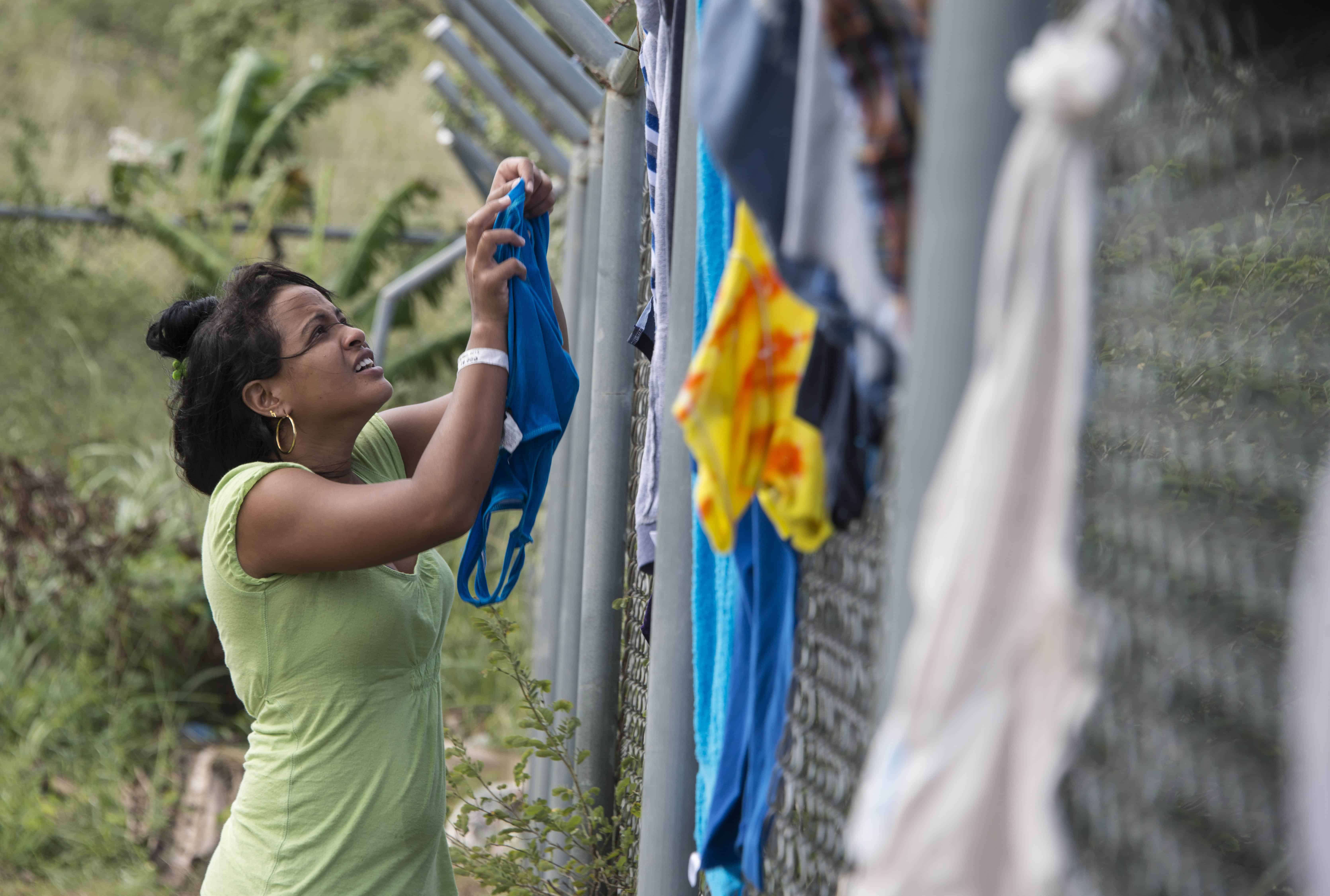The used clothing industry is gaining strength in Central America due to the combination of the needs of a majority of the population with scarce resources and the global trends for recycling and reuse of garments, according to a report presented this Friday in Costa Rica.
More than four million tons of second-hand clothing are traded every year and Central America has become a market for textiles from the United States, Canada, the European Union, China and South Korea, according to the report “Reuse before throwing away” by the U.S. consulting firm Garson & Shaw.
The report, released in San Jose, analyzes the situation in Guatemala, El Salvador, Honduras and Nicaragua and estimates that between 2011 and 2021 the used clothing industry in these countries grew by $274 million.
“Our report estimates that in the early 2040s the used clothing sector will have more than three million jobs in the four countries studied in Central America (…) and will generate close to $200 million in profits through taxes.
Growth
Nicaragua is the nation in which this industry has grown the most and the fastest. “About 80% of Nicaragua’s population purchases used clothing or footwear,” the report noted. The industry grew by 280% in the last decade.
In 2021, some 52,500 tons of used clothing (1.9% of the world’s total) were imported into Nicaragua, which ranked 19th among second-hand textile consuming countries. In that year alone, the benefit through taxes for the state was $23.7 million and the industry is estimated to account for 1% of the national GDP. Since 2017, imports grew by 7%.
In Guatemala there is “a high need for cheap clothing and demand for used textiles remains strong,” the report noted.
In 2021 the country imported 130,000 of used clothing (3.4% of the world total) and ranked as the ninth largest importer of these products in the world. In that year the benefit thanks to taxes in this industry amounted to 40.2 million dollars. Since 2017, imports have grown 10%.
Honduras acquired in 2021 66,000 tons of second-hand clothing (2.7% of international trade) and meant being in 17th place among the largest importers in the world. In that year, the tax benefits delivered to the State by the used clothing industry amounted to US$34.1 million, representing 1.6% of Honduras’ GDP.
In El Salvador, some 35,000 tons of used clothing were imported in 2021 (1.9% of the world total) and the country ranked 23rd in terms of imports in the world. It was $16 million in taxes collected by the government through the second-hand textile industry, which accounts for 1.4% of the national GDP.
“The used clothing trade is creating jobs for hundreds of thousands of citizens while generating significant tax revenues for governments, something that is expected to continue long into the future,” the Garson & Shaw report noted.

